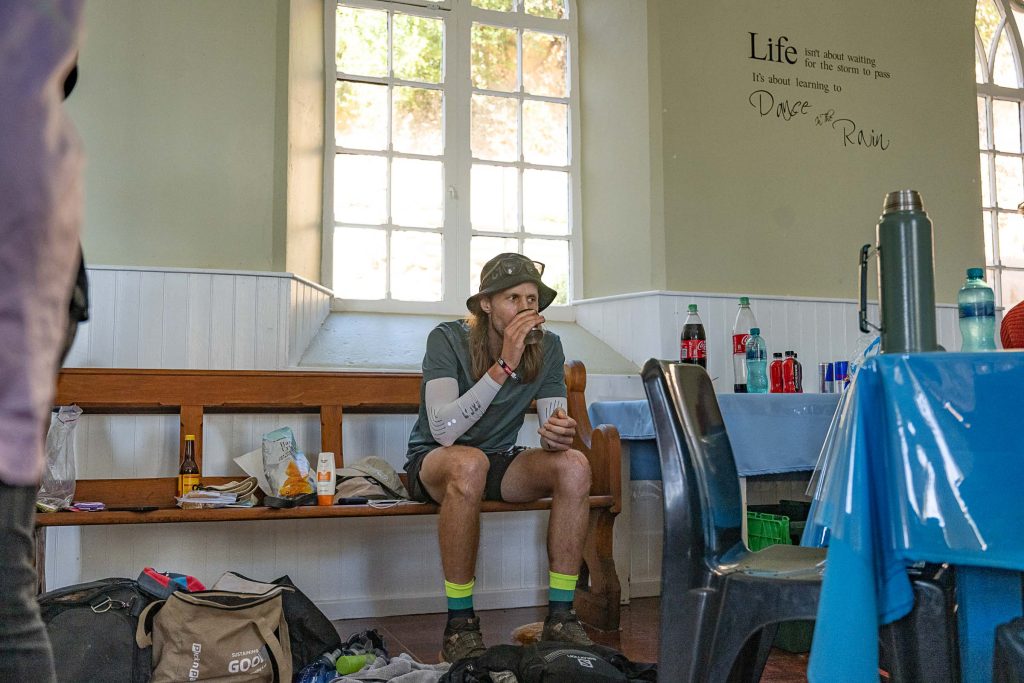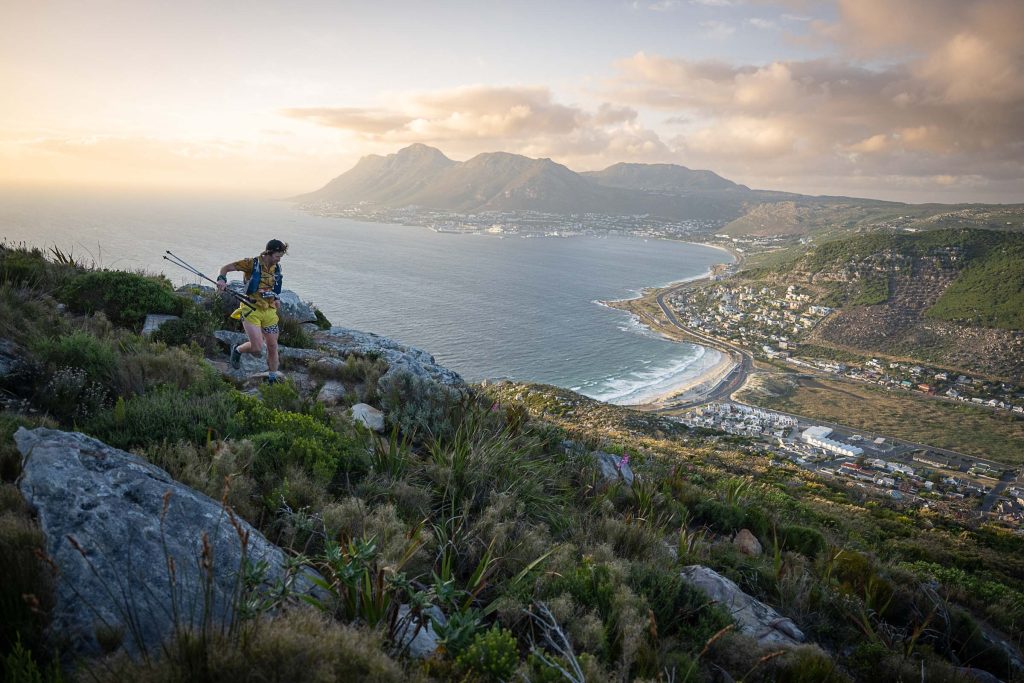Expert Tips on Conquering Ultra-Trail Cape Town (No Matter What Your Distance)
RMB UTCT Race director Stu McConnachie knows a thing or two about running long-distance trail events and has completed many races, including the famed 100-mile Ultra Trail Mont Blanc. Here he offers his own tips on the best ways to ensure success on race weekend.
Pack Your Gear The Night Before (Or Even Earlier)
Many top trail runners pack their gear days in advance, so they can double-check they have everything. Have a checklist written down, and check one more time before you go to sleep the night before. Just one missing item can ruin your race.
Know The Route
On the www.ultratrailcapetown.com site, we’ve uploaded interactive maps that feature water points, detailed content and the ability to zoom into sections of all the courses. The Live Mapping system gives every runner a detailed view of their race route. So do the homework: research the elevation, and plan for the water points and where you will see your supporters. Knowledge of the route helps you plan your pace and manage your effort.
Download The Route
Even if you know the route, and although the route is carefully marked by an advance crew, having the route on your wrist device is advised as a back-up. Every race route is downloadable.
Registration Vibes
Registration for the events is on the Thursday and Friday of race weekend. At registration, you will get a wristband/ribbon which you must attach to yourself; this allows access to your event. It is not transferable. You will get a goodie bag, some nutrition products from Maurten, and a copy of the <itals>Runner’s World<end itals> Nov/Dec issue.
Get To The Start On Time
Ideally, get to the start at least one hour before your start time. That should give you ample opportunity to double-check that everything is ready. Parking is best done at the Cape Town High School, and a MyCiti bus will regularly shuttle runners between the parking and the race start. This will ensure your car is safe for the duration of your event.
Lube Up
One of the easiest things to forget is lube. Even runners who may not have suffered from chafe during training can suffer during a race. Use a reputable chafe product, in liberal amounts, and avoid the pain.

Start Slow, Finish Strong
Almost all the routes at UTCT are front-loaded. In other words, most of the elevation is in the first half. The key to success in all the races is ensuring you don’t burn too many matches in the first half, so you have enough left for the rest of the event. Don’t get sucked in by the adrenalin of the early kilometres, and be conscious that you will be running for hours. Even the most experienced runners sometimes make this mistake.
Break Up The Route
Most of the best trail runners break up the race into chunks – normally aid station to aid station. Breaking the event up into sections, and focussing on them, means you don’t get overwhelmed by the full distance.
Don’t Underestimate The ‘Short’ Routes
If you’re doing the 23km, 35km or 55km, don’t think these distances are easy. The cut-off for the 35km is 11½ hours, and it’s a tough route. For a road runner, understanding how long you will be out there can blow your mind. Every route is someone’s ultra.
Understand Your Pace
Running on the trail means your time will be about 30-40% slower than for a road event. Speed depends on the terrain and the elevation. Even profiles that look flat can be technically challenging and slow going.
UTCT Is Technically Challenging
Even elite runners from overseas have been caught out by how technical running UTCT can be. It’s rocky, and there’s not much in the way of the buttery-smooth single track more prevalent in places like Europe. The fynbos grows over the rocks in places, making the trails slippery as well, and you must concentrate all the time. Don’t look up and enjoy the view unless you stop.

Practise Your Skills
The more you run on rocky trails similar to the ones at UTCT, the better you’ll be able to run the real thing on race day. For those lucky enough to live in Cape Town, spending time on the mountain is key; but there are places like the Magaliesberg in Johannesburg that are similar. Learning to look up and further down the trail is a key skill. Novices tend to look right in front of where their feet are landing. Practise trusting yourself to look up more. Your body will follow, and it will give you more time to anticipate obstacles.
Know What To Do In An Emergency
An emergency number on your race bib can be contacted to activate our rescue teams. We also encourage other runners to assist runners who may be in difficulty. If you can’t get phone signal, run to the next aid station and get help. We do have an emergency helicopter on standby if an extraction is required, and there will be doctors at all the aid stations.
Do Fill In The Medical Questionnaire
Filling in your medical details will ensure we have the right medical and medical aid information for you. This may be critical if you are in a situation where you cannot communicate.
Falling Is Popular
Most of the injuries we see are twisted and fractured ankles, because of the technical nature of the course. After that, the most common injuries are scrapes and bashed knees. Falling is almost part of the sport. Some runners tape their ankles to add an extra layer of support; but always try that in training first.
READ MORE ON: trail-running Ultra-trail Cape Town (UTCT) utct



